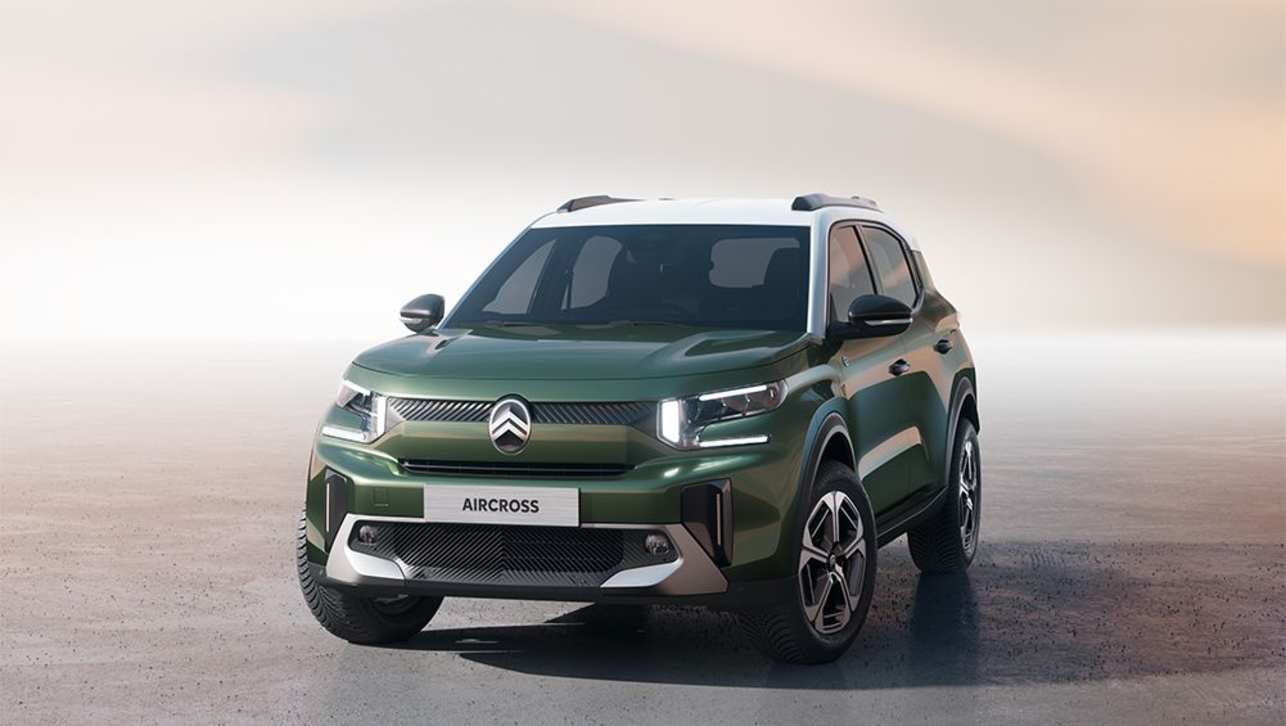And it will be here within four years. BMW says its open-top version of the i8 plug-in hybrid coupe - the Concept Spyder - is going into production and should be on the market 18-24 months after the 2014 launch of its coupe sister.
But the high-tech, drop-top version won't be cheap. BMW Australia spokesman Piers Scott says the company won't take the i8 convertible up to fight among Ferrari and Mercedes-Benz. ``It'll be more a competitor to cars such as the Audi R8,'' he says.
That puts a tag of about $280,000 for the coupe and $300,000 for the Spyder. Like the coupe, the i8 Spyder uses a three-cylinder turbo-petrol engine and an electric motor.
The combined 260kW can drive two or four wheels, depending on driving conditions, and gives a 0-100km/h sprint of five seconds.
The i8 uses a separate drivetrain platform made of aluminium, and a body made of carbon-fibre composites.
It allows different bodies to be fitted to a common platform but, despite that, BMW says the Spyder has a slightly shorter wheelbase.
BMW's product manager for electric vehicles, Heinrich Schwackhofer, said to Carsguide at the recent Geneva motor show that the i8 is on the market in 2014.
At that time he wouldn't comment on a convertible joining the i8 coupe though admits the car's separate drivetrain platform and the body could make it relatively easy to create new models.
The same design applies to the smaller, more city-focused i3 that goes on sale next year. ``The i8 is not all about performance,'' Schwackhofer says. ``It's more about the package and the electric drive.''
Now, however, it's also about looks. The most eye-catching feature of the Spyder is its upward-swivelling, windowless doors - a feature that may or may not make it to production. It has a neat spoiler lip on the windscreen frame to divert air over passengers' heads or, when the weather worsens, a two-section folding roof.
The car uses the LifeDrive platform architecture with its front and rear axle modules connected by a tunnel that houses the lithium-ion battery. The 96kW electric motor on the front axle works in tandem with a turbocharged three-cylinder petrol engine for 164 kW, but together total 260kW and a peak torque of 550Nm.
BMW says the two-seater uses only 3.0 litres/100km - equivalent to fuel economy of 94mpg - in the European combined test cycle. The lithium-ion battery which can be fully charged from a domestic power socket in less than two hours and, when charged, the Spyder has a range of up to 30km.








.jpg)

.jpg)
.jpg)










.jpg)

.jpg)
.jpg)


.jpg)
.jpg)




.jpg)




Comments